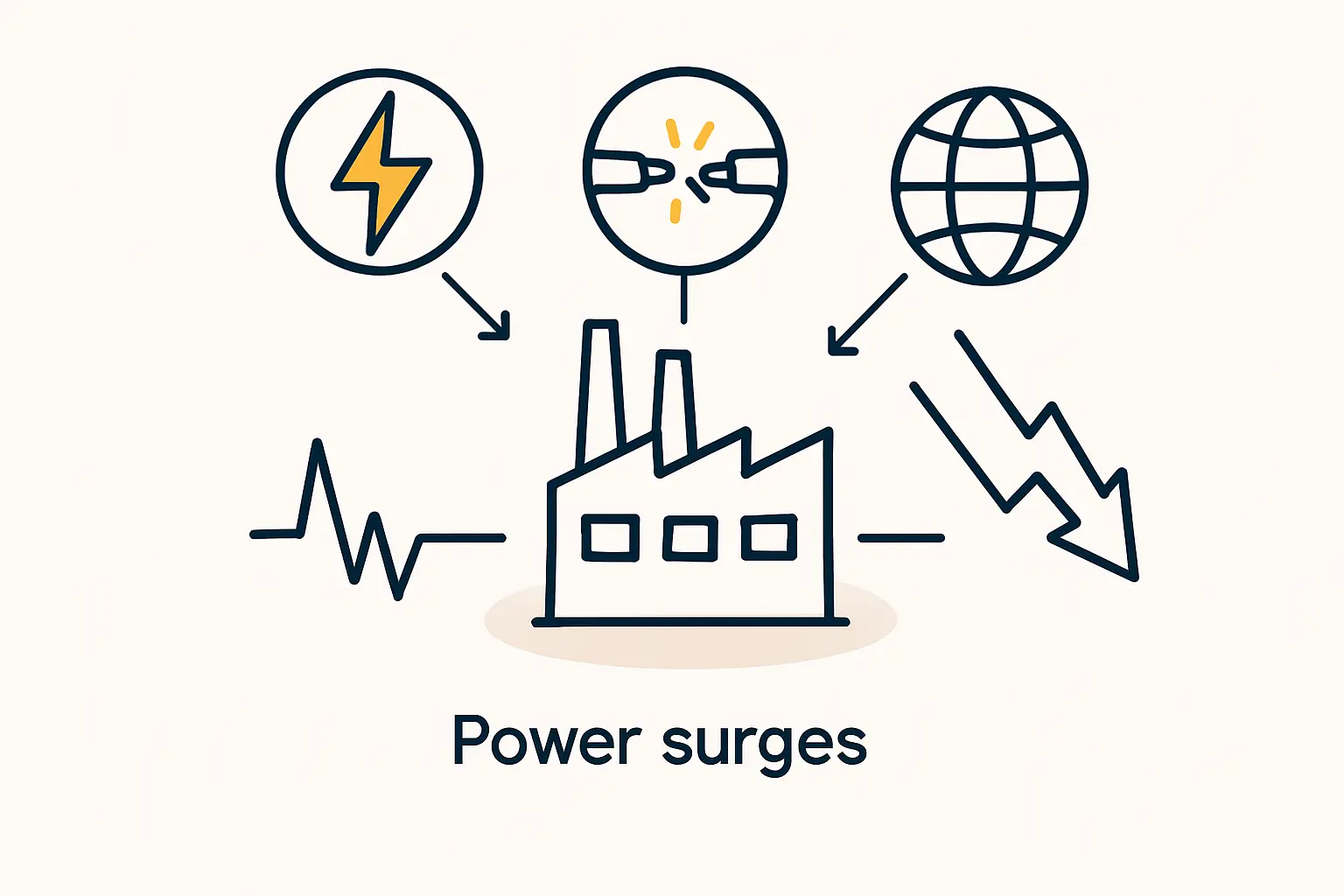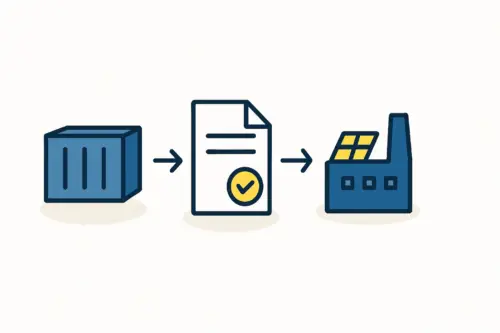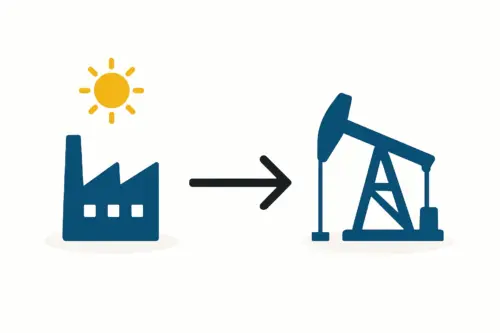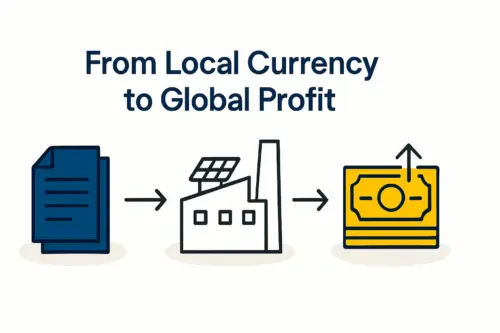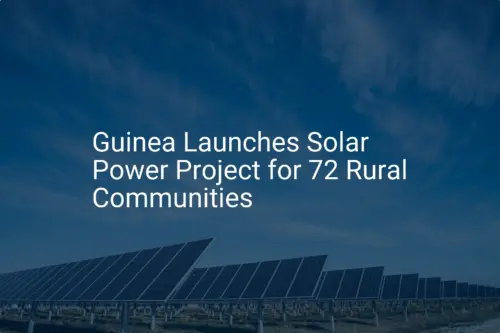An investor can meticulously plan every aspect of a new solar module factory—sourcing the best machinery, training a skilled workforce, and securing a prime location. Yet, all this preparation can be undone by a single factor often taken for granted in developed economies: a stable supply of electricity.
A momentary voltage dip or a brief power outage can halt a multi-million-dollar production line, damage sensitive equipment, and turn valuable raw materials into scrap.
For entrepreneurs considering a solar manufacturing facility in Equatorial Guinea, understanding the nuances of the local power infrastructure is not a secondary concern; it is foundational to the project’s success. This article examines the specific challenges of the region’s electrical grid and outlines a robust, practical solution for ensuring consistent, high-quality production.
The Power Landscape in Equatorial Guinea: Progress and Practical Realities
Equatorial Guinea has made commendable progress in expanding electricity access, with national coverage reaching over 67%. The government has also outlined ambitious goals in its National Economic and Social Development Plan, aiming to source 50% of its energy from renewable sources by 2030. This forward-looking strategy signals a strong commitment to modernizing the nation’s energy sector.
However, for an industrial investor, the grid’s present-day reality dictates operational planning. The existing infrastructure, largely dependent on thermal generation, faces challenges common to rapidly developing grids:
- Intermittency: Unscheduled interruptions in power supply, which can last from a few seconds to several hours.
- Voltage Fluctuations: Spikes or sags in electrical voltage that can disrupt or damage sensitive electronic components within manufacturing equipment.
- Frequency Instability: Variations in the grid’s frequency that can affect the performance of motors and precision machinery.
While the long-term outlook is positive, a manufacturing operation launching today must be engineered to withstand these realities to remain profitable and competitive.
Why Standard Grid Power is a Risk for Solar Manufacturing
A solar module assembly line is a highly synchronized process involving several stages of precision automation. Unlike a simple workshop where a power cut might merely cause a delay, in solar manufacturing, the consequences are far more severe.
The Vulnerability of Key Processes
Certain types of sensitive solar manufacturing equipment are particularly susceptible to power instability. For example:
- Stringer Machines: These machines solder solar cells together with extreme precision. A power interruption mid-process can misalign the cells, creating a defective string that must be discarded.
- Laminators: This is a critical, time-sensitive heating process that encapsulates the solar cells. A power failure during the lamination cycle cannot be paused and resumed; the entire module—containing valuable cells, glass, and other materials—is typically ruined.
- Testing and Sorting Equipment (IV Testers): Inconsistent voltage can affect the accuracy of testing equipment, leading to the incorrect classification of finished modules. This directly impacts product quality and revenue.
The hidden cost is not just downtime but the compounding expense of wasted materials, reduced yield, and potential long-term damage to machinery—costs that erode profitability month after month.
A Resilient Solution: The Hybrid Power System
To mitigate these risks, relying solely on the grid is not a viable strategy. The most effective solution is a hybrid power system, which integrates multiple power sources to create a stable, independent microgrid for the factory. This approach is a fundamental part of any robust turnkey solar factory setup for regions with developing grid infrastructure.
Ready to make big Profits?
The solar Industry is Booming
WE HELP NEWCOMERS to the solar industry start their own solar module production line. Customers can make BIG PROFITS by selling modules and finding investors, without wasting money and time on things they don't need!
A typical hybrid system for a manufacturing facility includes four key components working in concert.
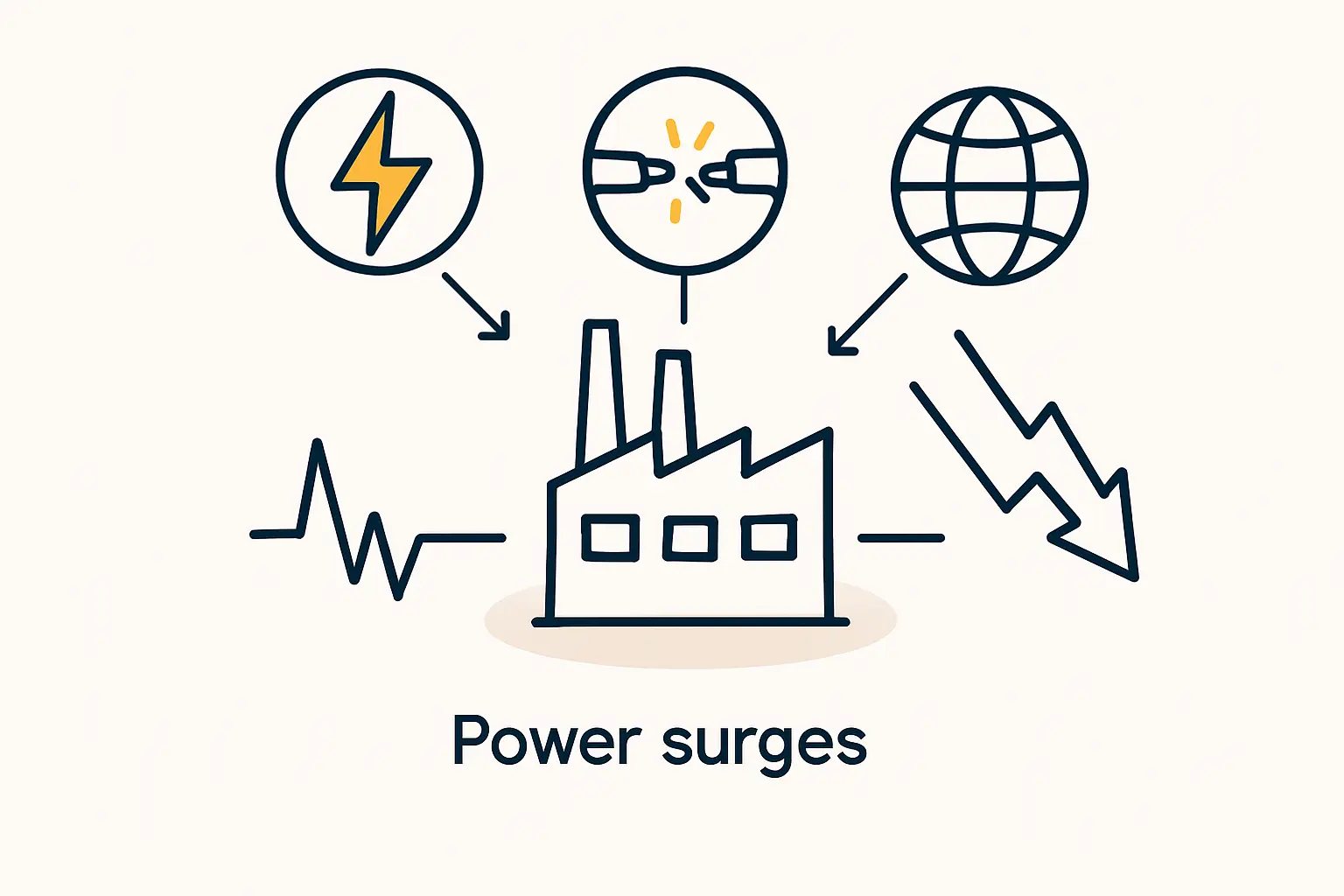
Components of a Hybrid Power System
-
Grid Connection: The system remains connected to the national grid, drawing power when it is stable and cost-effective. This serves as the primary, but not the only, source of electricity.
-
On-site Solar PV Array: A dedicated solar power installation, often on the factory roof or adjacent land, generates clean electricity during the day. This directly reduces reliance on the grid and lowers energy costs—effectively using the factory’s future product to power its own creation.
-
Battery Energy Storage System (BESS): This is the core of the stability solution. The BESS acts as a large-scale uninterruptible power supply (UPS), instantly taking over during a grid outage to ensure a seamless power transition with no interruption to the production line. It also smooths out voltage fluctuations, protecting sensitive equipment.
-
Backup Generator (Diesel): For prolonged outages that might exceed the battery system’s capacity, a diesel generator provides a final layer of security. Its role is not to manage short-term instability—a task for which it is too slow—but to ensure the factory can continue essential operations or perform a safe, structured shutdown during an extended emergency.
Experience from J.v.G. Technology GmbH turnkey projects shows that this multi-layered approach is not a luxury but a fundamental requirement for achieving production targets and protecting the significant capital investment a solar factory represents.

The Business Case for a Hybrid System
While a hybrid system requires an additional upfront investment, the financial and operational benefits provide a compelling return.
- Maximized Uptime and Yield: By eliminating production stoppages caused by power issues, the factory can operate at its full planned capacity, maximizing output and revenue.
- Reduced Material Waste: Preventing process interruptions in stages like lamination translates directly into lower material costs and higher profitability per module.
- Lower Operational Expenses: Generating a significant portion of its own electricity from an on-site solar array insulates the business from rising grid tariffs and the cost of diesel fuel.
- Enhanced Bankability: A well-designed power solution demonstrates to investors, lenders, and insurers that a critical operational risk has been effectively managed. This strengthens the overall business plan and can make financing easier to secure.
Frequently Asked Questions (FAQ)
-
Isn’t a backup diesel generator sufficient?
A generator alone is inadequate for protecting sensitive manufacturing lines. It has a startup delay of several seconds to a minute before it can take over the load. During this gap, the production line will have already stopped, and damage or material loss may have occurred. A battery system provides instantaneous, seamless power, bridging the gap until the generator is online if needed. -
How large does the on-site solar and battery system need to be?
The optimal size is specific to each project, depending on factors like the factory’s total energy consumption, the power rating of critical machinery, local solar irradiation levels, and the typical frequency and duration of grid outages. A detailed energy audit and feasibility study is necessary to engineer the right-sized system. -
Does this system add significantly to the initial factory investment?
Yes, it represents an additional capital expenditure. However, this cost should be evaluated against the significant and recurring financial losses from production downtime, scrapped materials, and potential equipment repairs. It is best viewed as a crucial form of business insurance that pays dividends through operational reliability and lower energy bills. -
Can the factory’s own manufactured solar modules be used for its power system?
This is an excellent long-term goal. The initial hybrid power system must be installed and commissioned before the factory can begin production. However, once the factory is operational, modules produced on-site can certainly be used to expand the PV array over time, further increasing the facility’s energy independence.
Conclusion: Building a Foundation for Success
Successfully launching a solar module factory in Equatorial Guinea requires a vision that extends beyond the production floor. It demands a proactive strategy to master the operational environment, with power stability as the most critical element. By integrating a well-designed hybrid power system, an investor transforms a potential liability—grid instability—into a controlled and managed variable.
This foundational investment ensures that high-tech machinery can perform as intended, that production targets are met consistently, and that the business is built on a resilient and reliable operational base, ready to capitalize on the growing demand for clean energy.
